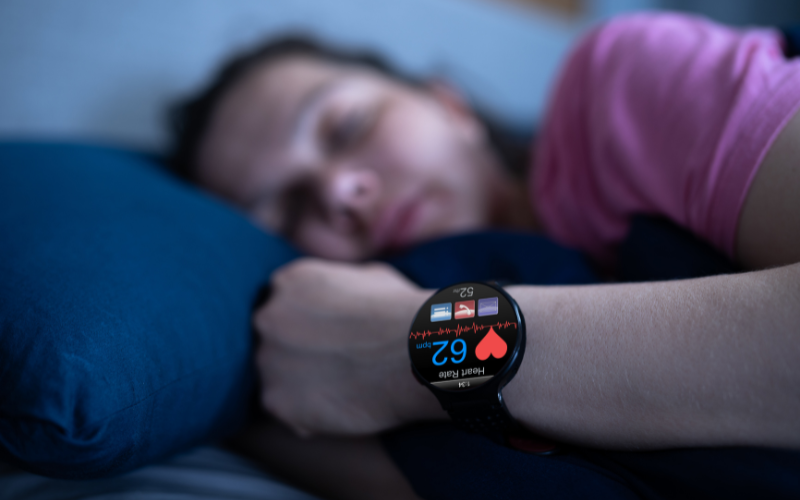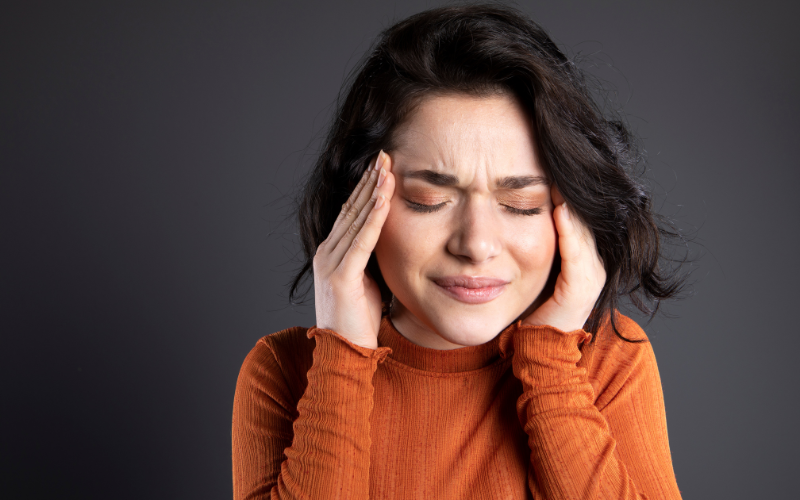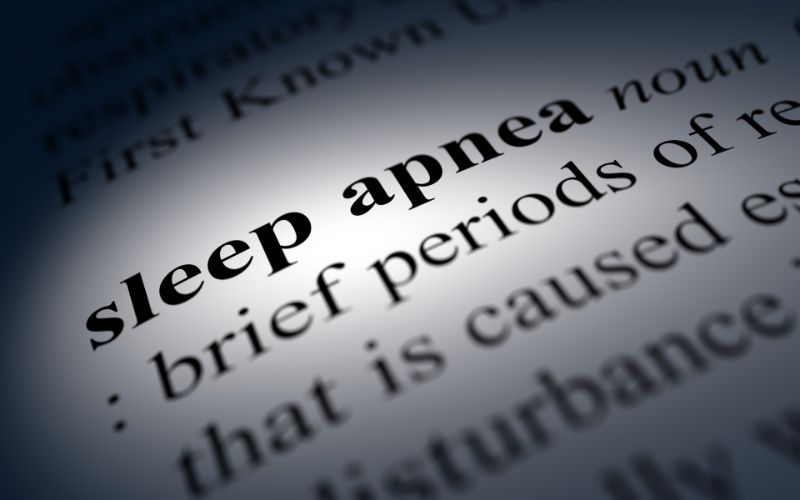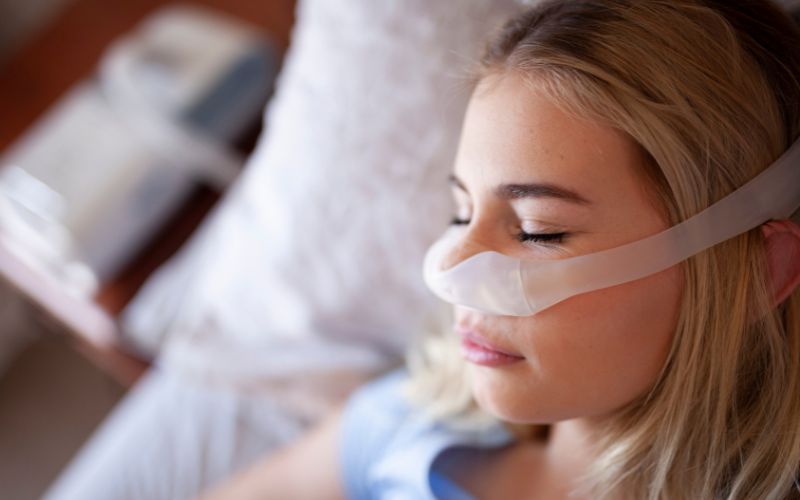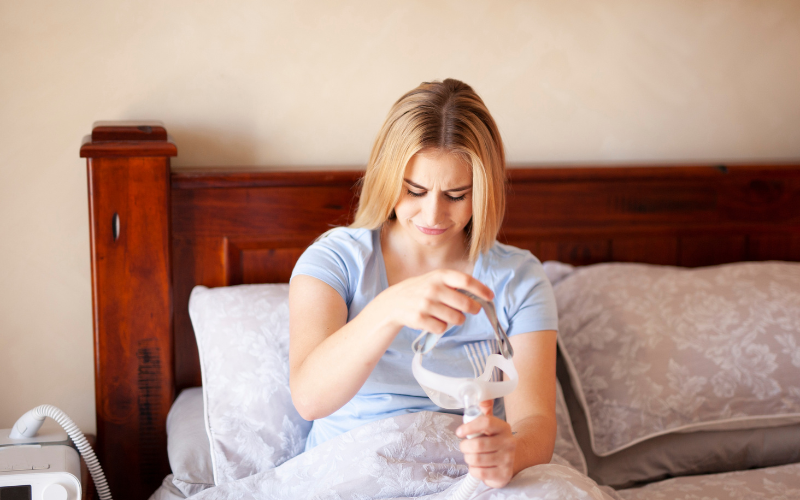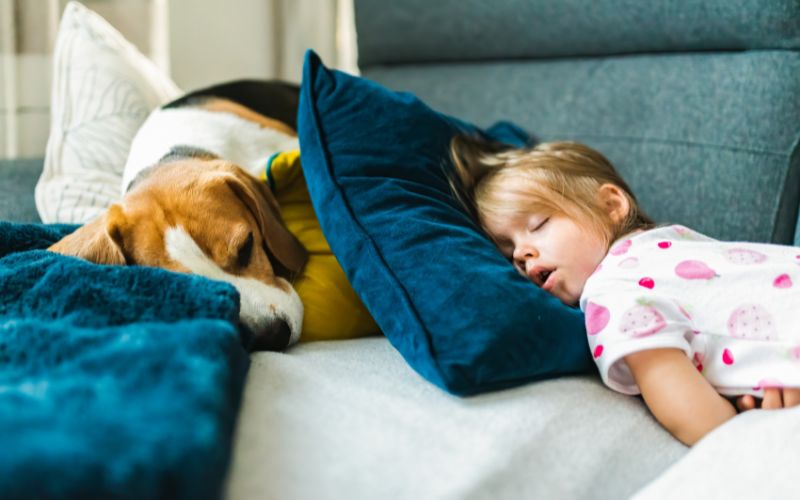Recent studies show how a migraine can be predicted.
- Comments Off on Recent studies show how a migraine can be predicted.
- by SadofNE
Sleep quality and energy levels are two of the biggest indicators of an impending migraine attack, the study showed. Get inspired by a weekly roundup on living well, made simple.
Wouldn’t it be helpful to have a sense of when a debilitating migraine may be on the way?
You may be able to do so, a new study has shown.
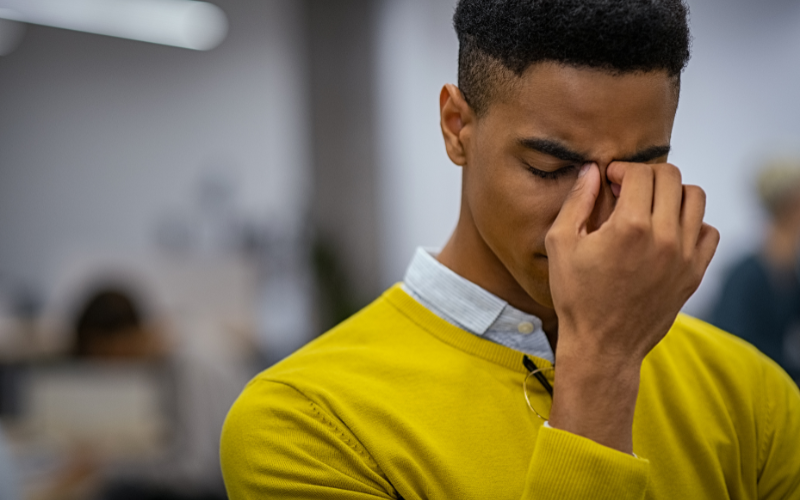

“The major finding from this study was that changes in sleep quality and energy on the prior day were related to incident headache in the next day,” said Dr. Kathleen Merikangas, principal investigator of the study that published Wednesday in the journal Neurology.
Migraines are nothing to shake your head at, and they certainly aren’t just nuisance headaches. Chronic migraines are the leading cause of disability in people younger than 50, according to a February 2018 study.
More symptoms than you think may be tied to your migraines
The study team found that sleep quality and energy were important indicators of a migraine attack on the following day.
Those who had bad sleep quality and low energy one day were more likely to have migraines the next morning, the data showed. An increase in energy and greater-than-average stress usually foretold a migraine would appear later the next day.
“It’s a very exciting study because of how well done and how detailed and how large it is,” said Dr. Stewart Tepper, vice president of the New England Institute for Neurology and Headache in Stamford, Connecticut. Tepper was not involved in the research.
The differences point to the importance of your circadian rhythm — which regulates your cycles of sleep and wakefulness — in how headaches manifest. The findings may inform the treatment and prevention of migraine attacks.
Migraine prevention
Knowing when a migraine is coming can make all the difference — especially with growing interest in treating one before it starts, Tepper said.
“If we can identify things in the environment that people can change, then we’d like to be able to prevent the attack in the first place,” Merikangas said. “If we can do that with behavioral interventions … then they may be able to prevent it by either going to sleep to offset it or some other intervention that would prevent us from having to use medication to prevent the attack.”
Tepper, however, said he is not so sure if changes in behavior can always prevent a migraine attack.
FDA approves new nasal spray to treat migraine headaches in adults, Pfizer says
A migraine attack isn’t just a headache. And warning signs such as fatigue, neck pain and sleep disturbance may be early symptoms of an attack — not only a trigger of one, he added.
Instead, Tepper advises intervening with medication before the head pain starts in hopes of warding off any pain at all.
How much is too much?
It makes sense that people might be conservative about using medication for migraine pain, Tepper said.
An older class of medications, called triptans, was associated with more migraines and a resulting chronic migraine condition if used more than 10 days in a month, he said.
But a newer option, rimegepant — sold as Nurtec — doesn’t seem to carry the same risk.
“There’s no downside because rimegepant has almost no side effects and is not associated with transformation into chronic migraine,” Tepper said.
What you can do about migraines
Your doctor can recommend pain medication to address your migraines, but it also helps to know the signs of an upcoming attack, Tepper said.
As well as monitoring sleep, exercise and diet, Merikangas suggests finding a way to monitor stress to be able to track the indicators of a migraine.
There are five typical signs of an oncoming migraine headache, Tepper said. Those are sensitivity to light, fatigue, neck pain, and sensitivity to noise and dizziness, he said.
5 ways to reduce your stress this year
Cognitive behavioral therapy is often useful to help manage the stress that can trigger migraine attacks. What’s more, taking vitamins and supplements, such as magnesium and riboflavin, can be effective in reducing migraine frequency, Kylie Petrarca, a nurse and education program director at the Association of Migraine Disorders, said in a previous CNN article.
It isn’t just about avoiding the pain, Merikangas said.
“It’s really important to think of the full context of our health,” she said. “By being able to characterize not just headaches, but also all these other systems, we might be able then to get a handle on causes of negative health events.”

